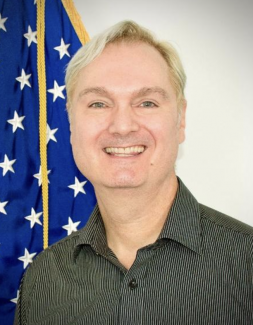My public sector work with HIV/AIDS began in 2001, two years before the launch of PEPFAR in 2003. I attended the first International AIDS Conference in South Africa in 2000 and, like so many others, was moved to focus my professional life on efforts to scale up HIV treatment and prevention programs in developing countries. At that time, only about 50,000 of the estimated 36 million people living with HIV, outside of the US and Europe, had access to HIV treatment.
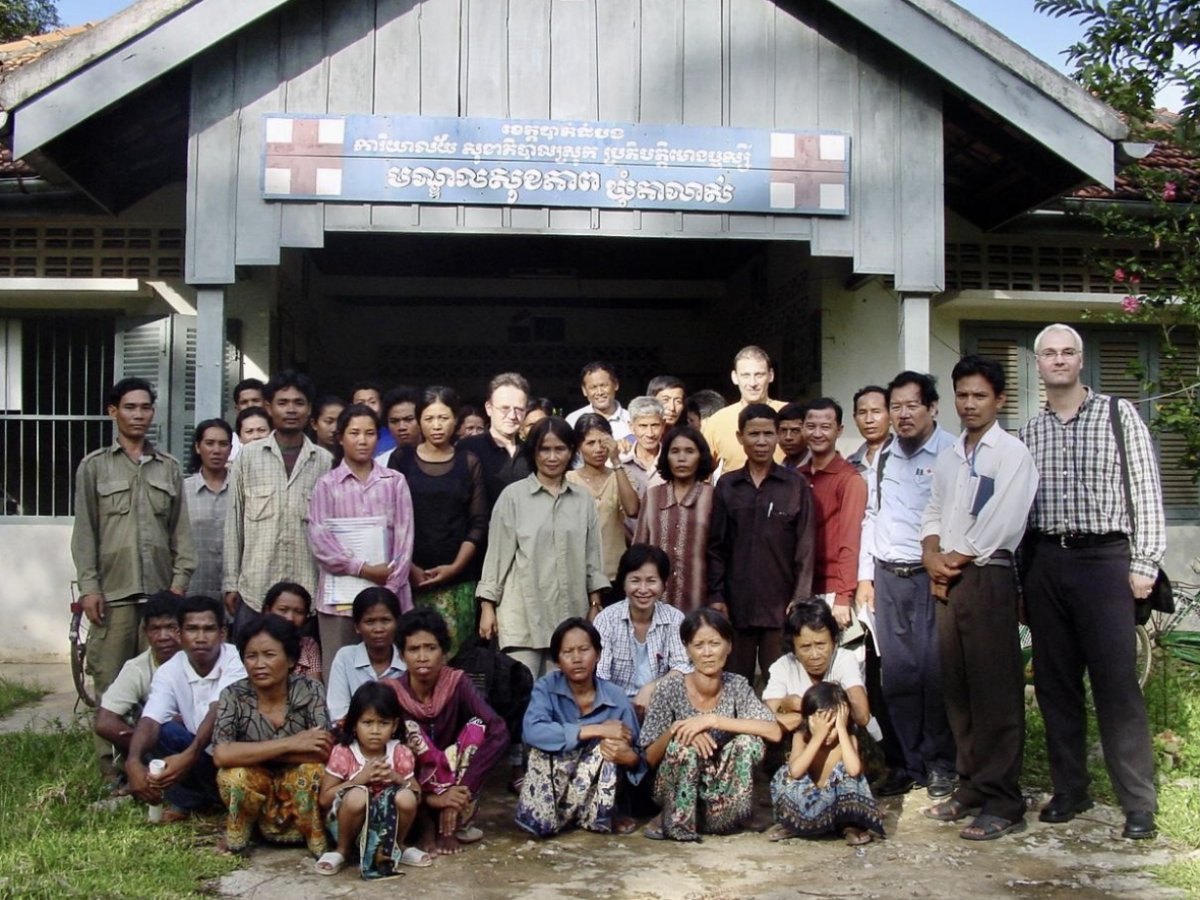
Developing and pilot testing the first UNAIDS AIDS Care and Support Indicators in Cambodia
Initially, I was recruited by Joe O'Neil, then Director of HRSA's HIV/AIDS Bureau. Our exciting, ground-breaking project was to develop HIV indicators for a monitoring and evaluation framework targeting international HIV care and treatment. These HIV indicators would soon be adopted into PEPFAR’s first monitoring framework, which was used to track the historic scale-up of programs and systems.
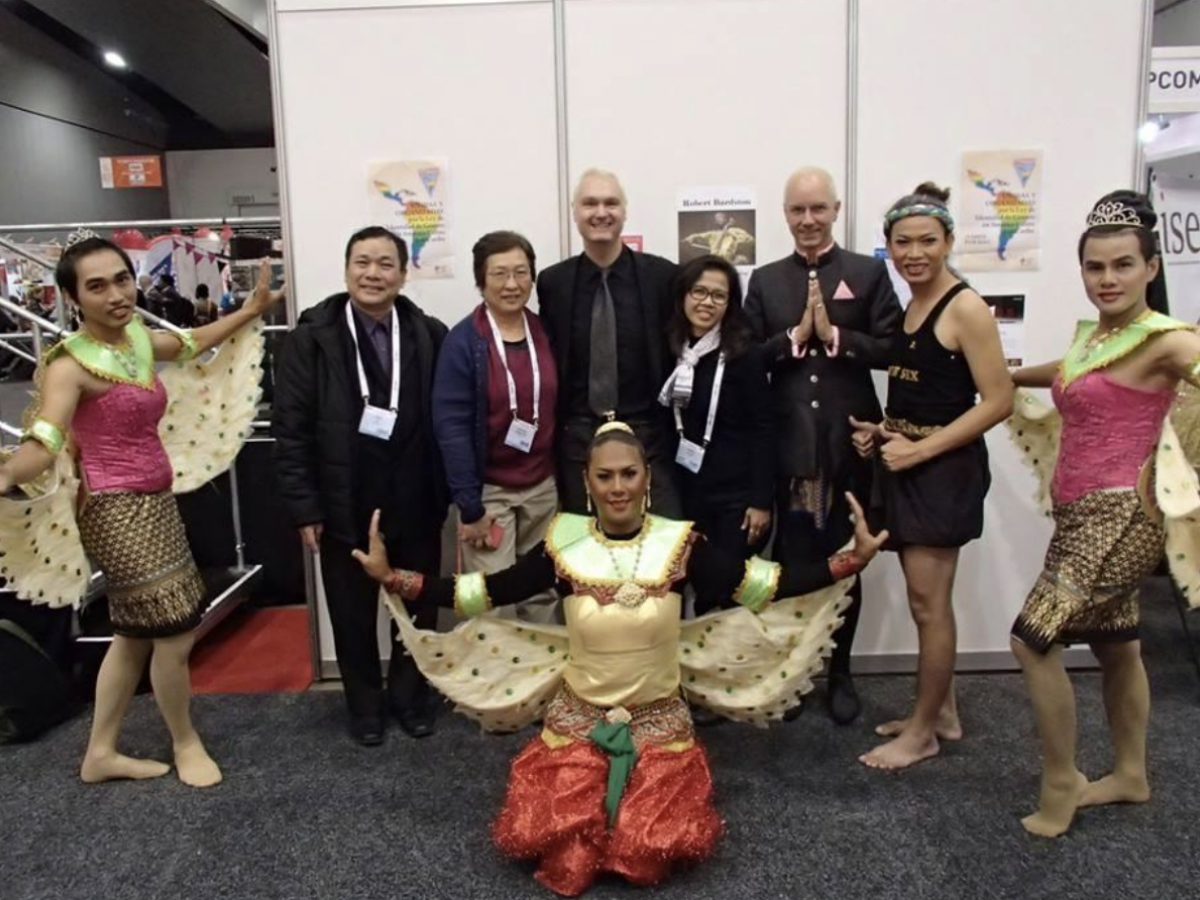
AIDS2012 International AIDS Conference with Thailand National AIDS Management Center (NAMC) and the Thai NGO SWING
There have, of course, been many changes in the focus of PEPFAR programs and activities over the years. I think one of the biggest, most effective strategic changes was the shift from an early emphasis on abstinence to a more pragmatic focus: Risk reduction through targeted approaches among those most at risk of contracting HIV.
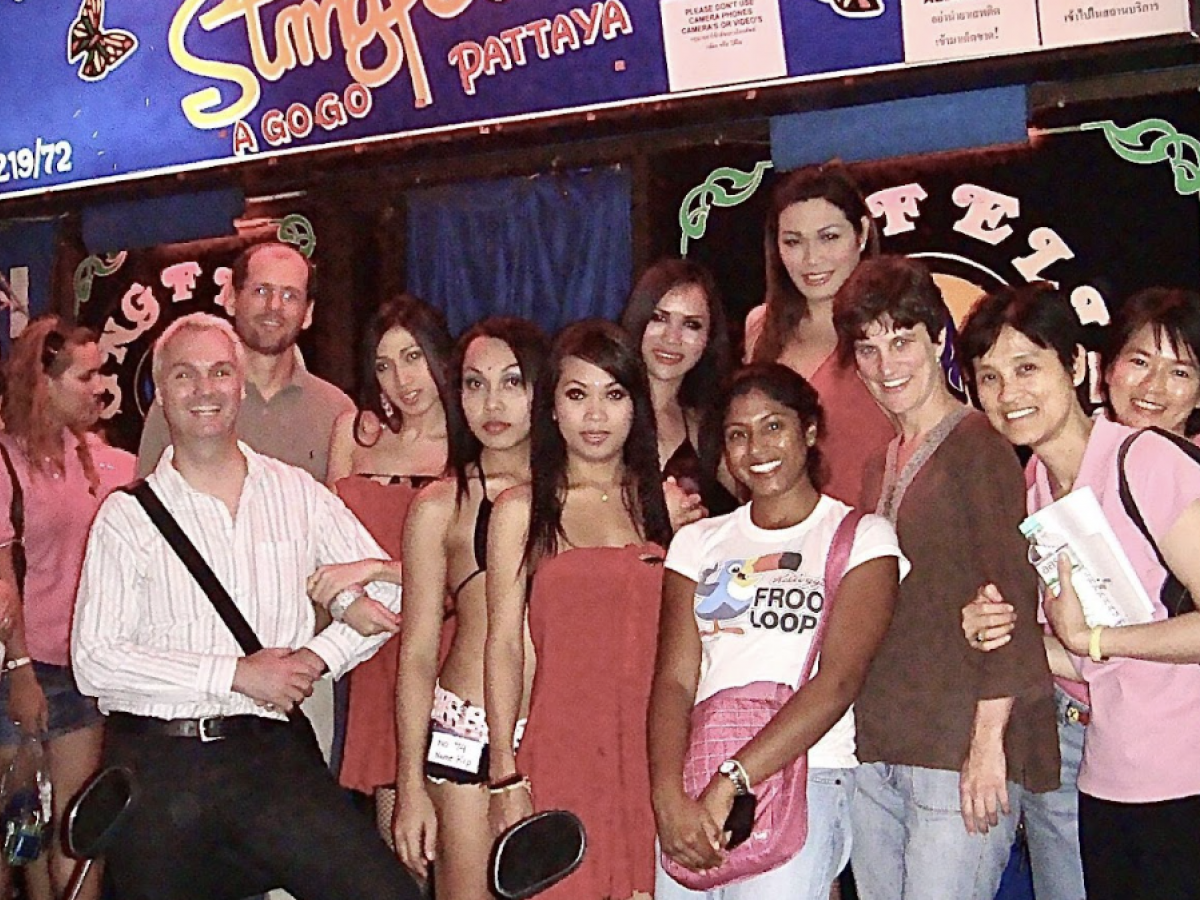
USAID/RDMA team retreat site visit for female sex workers, 2008
Looking back, I feel very fortunate to have witnessed PEPFAR in all its paradigm-shifting forms from the beginning. There have been many stand-out moments, such as participating in the first interagency Country Operational Plan (COP) process implemented in 2004, where the agencies developed a joint plan to fight AIDS. Partnerships with local NGOs, like SWING (Service Workers IN Group) in Thailand, bring unforgettable memories, including my photo exhibitions of their volunteers that were featured at the International AIDS Conferences in 2012 and 2014. Perhaps if I had to pick one accomplishment above all others, it would be the launch of LINKAGES in 2014, USAID and PEPFAR’s first program aimed specifically at key populations. I believe it was my work on refining the continuum of prevention, care, and treatment for key populations that led to my being honored with PEPFAR's Lifetime Achievement Award in 2022.
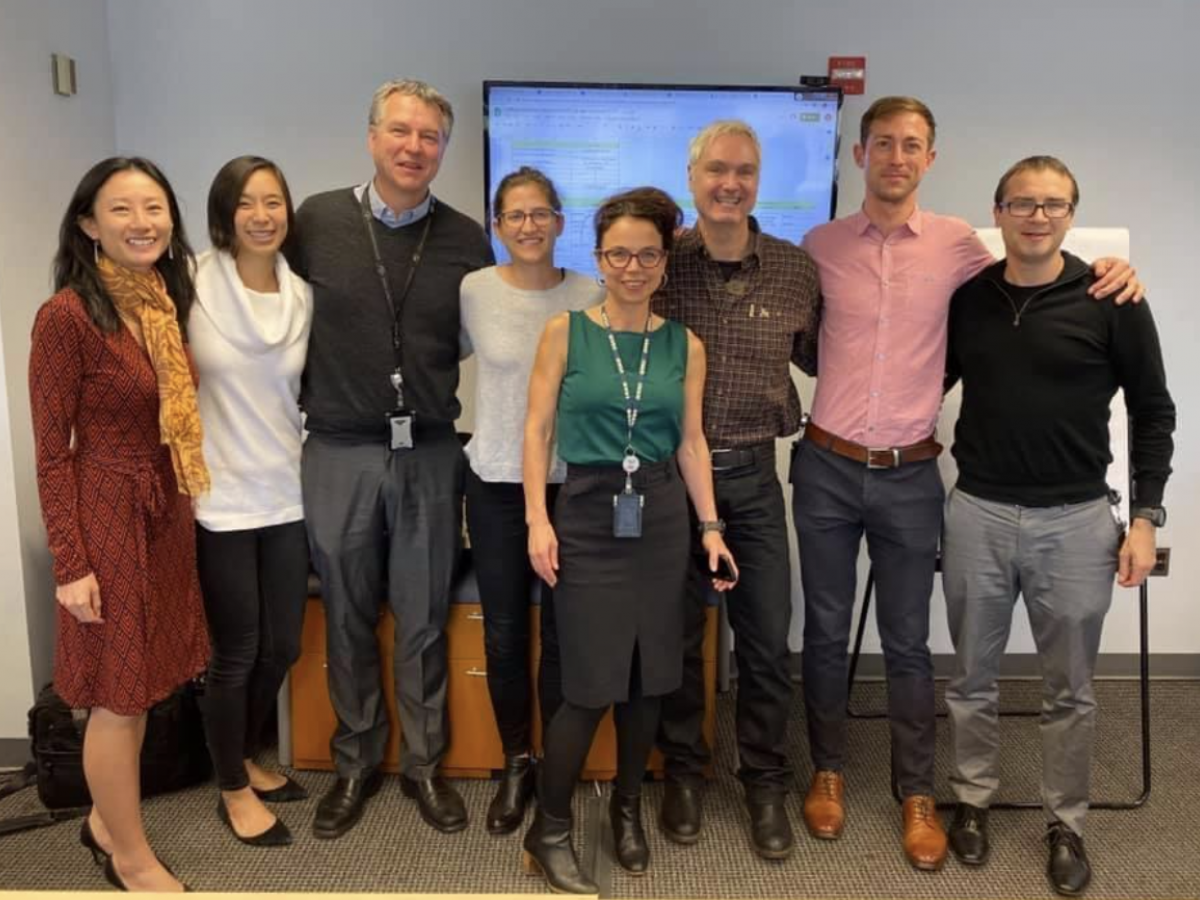
The USAID Office of HIV/AIDS Key Populations and Rights team, 2019
None of us can do this work alone. In the end, it’s all the people we work with—concerned health professionals and communities in each country—and their ongoing support of national and international lifesaving programs that enables us to recharge our energy and passion and rejuvenate our souls. I am forever grateful to have been a part of this global HIV/AIDS movement.
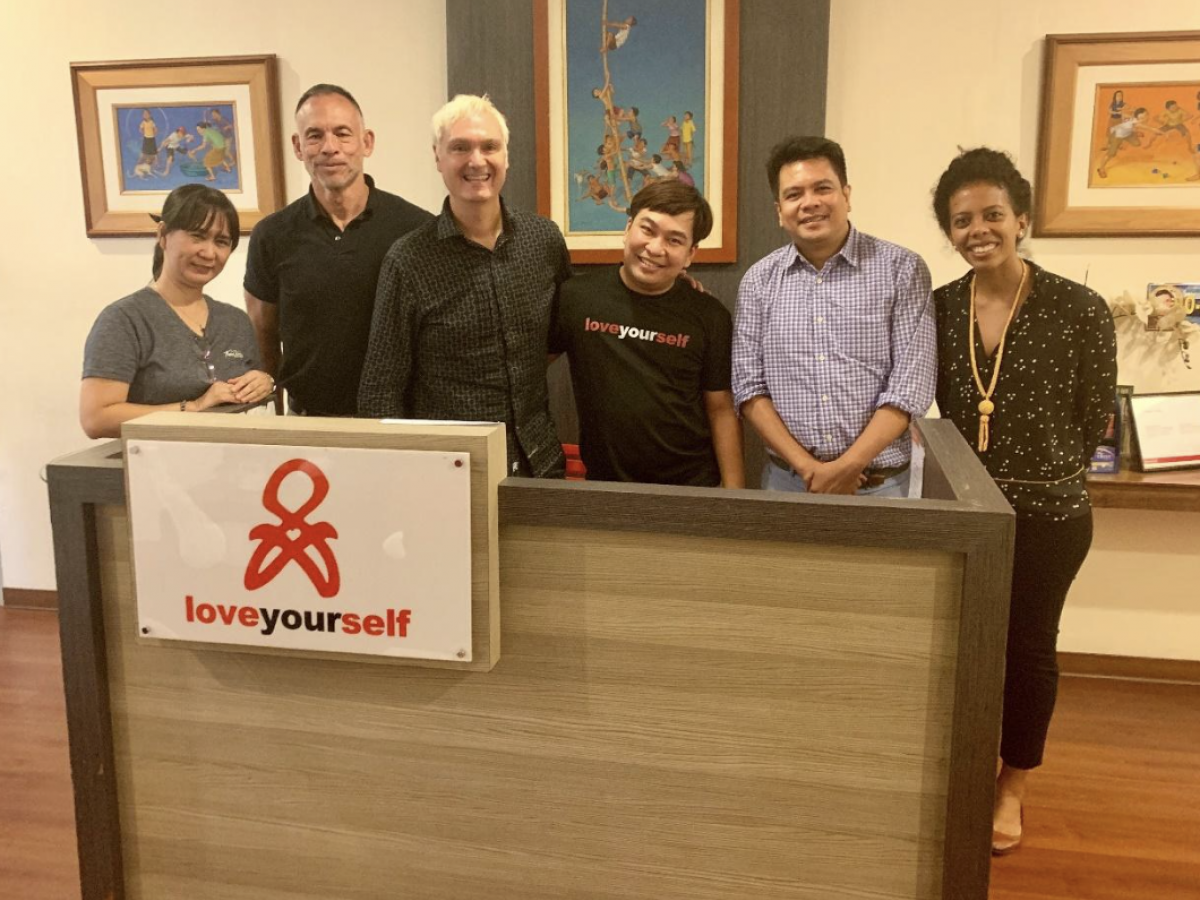
Designing USAID's New PEPFAR/Philippines program in consultations with The Love Yourself NGO, 2019
In the end, it’s all the people we work with—concerned health professionals and communities in each country—and their ongoing support of national and international lifesaving programs that enables us to recharge our energy and passion and rejuvenate our souls. I am forever grateful to have been a part of this global HIV/AIDS movement.
Cameron was the former Lead Senior Technical Advisor for Key Populations at USAID's Office of HIV/AIDS
